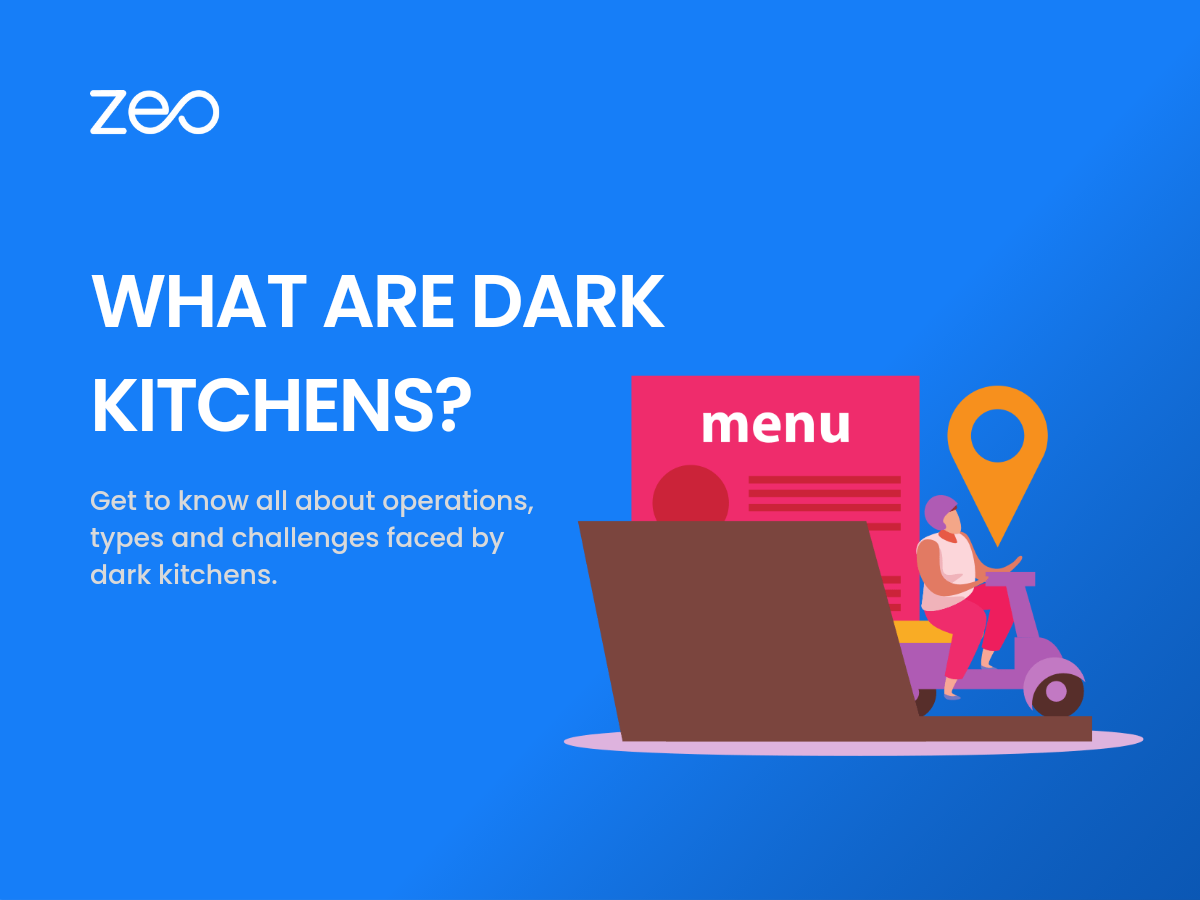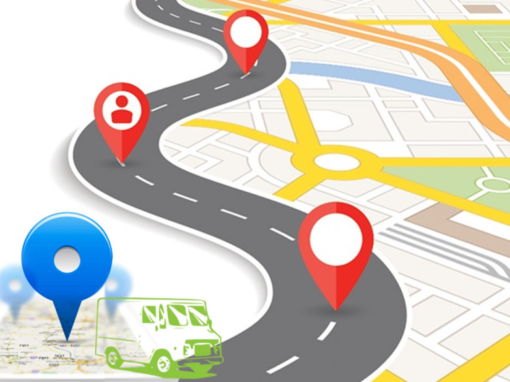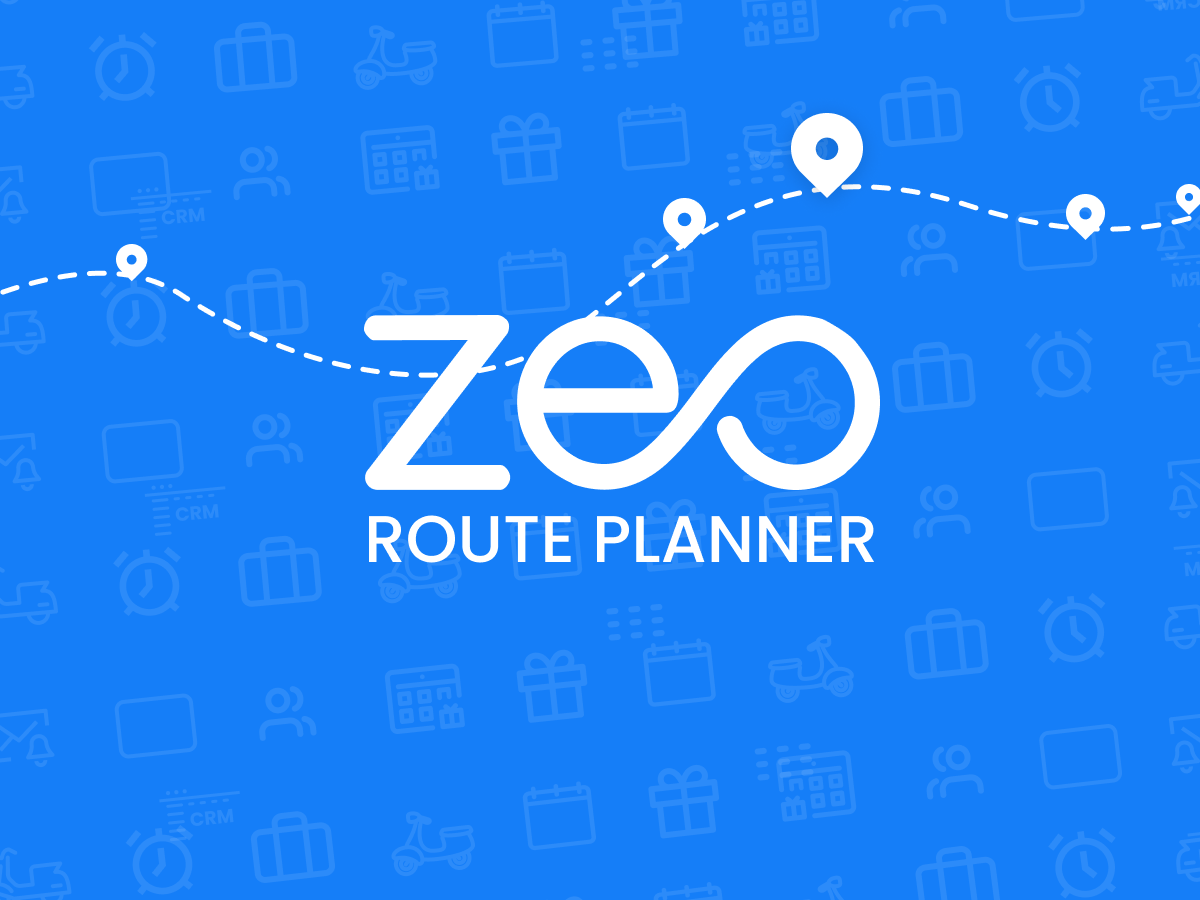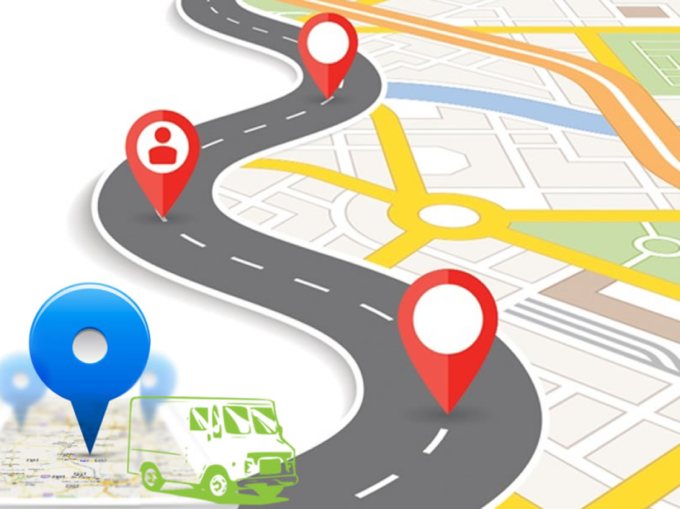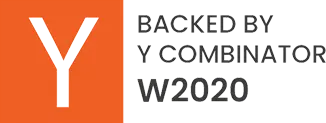In the digital age, technology has transformed numerous industries, and the food sector is no different. An emerging trend that has gained significant pace is the concept of dark kitchens. These innovative culinary spaces rely completely on deliveries for business. Dark kitchens are reshaping the way food is prepared and delivered, offering new opportunities for restaurateurs and entrepreneurs alike.
In this blog, we will explore what dark kitchens are, their operations, and their difference from traditional restaurants. We will also delve into the primary challenges faced by dark kitchens and discuss the role of Zeo Route Planner in streamlining dark kitchen deliveries.
What are Dark Kitchens?
Dark kitchens, also known as ghost kitchens, virtual kitchens, or cloud kitchens, are commercial facilities solely dedicated to preparing food for delivery. Unlike traditional restaurants, dark kitchens do not have a dine-in option or a physical storefront. Instead, they focus entirely on fulfilling online orders placed through various food delivery apps and platforms.
How Does a Dark Kitchen Operate?
Dark kitchens operate on a delivery-only basis. This business model enables companies to diversify and extend their user base while reducing the operational costs attached to rent and labor. With the requirement of only overhead and kitchen employees, businesses can save operation costs while growing daily orders.
These kitchens do not need to produce an enjoyable dine-in experience for clients because they are exclusively for delivery. High rental prices, restaurant interiors, major capital investments, and guest facilities are concerns that are absent for dark kitchens.
Dark kitchens actively engage in technology that leverages the entire business process because client acquisition is accomplished through digital channels. Aside from technology, significant investments can include well-equipped kitchen equipment and educated labor, such as chefs and delivery personnel.
What are the Types of Dark Kitchens?
Typically, there are three primary types of dark kitchens:
- Traditional: Traditional dark kitchens are extensions of existing restaurants. By leveraging their established brand names, restaurants can expand their reach and serve a more extensive customer base through delivery-only services offered by dark kitchens.
- Multi-brand: Multi-brand dark kitchens host multiple food concepts under one roof. Each brand operates within its designated area, offering diverse food options. This allows entrepreneurs to experiment with different cuisines and menus without needing separate kitchen spaces.
- Aggregator-owned: Aggregator-owned dark kitchens are operated by third-party companies that partner with multiple food delivery platforms. These platforms combine various restaurant brands under one centralized kitchen, optimizing the delivery process and enhancing operational efficiency.
How are Dark Kitchens Different from Restaurants?
Unlike traditional restaurants, dark kitchens don’t have a storefront or a dine-in option. It is different from restaurants in ways more than one. The major differences between the two lie in the following factors:
- Business Location: Dark kitchens are not reliant on prime real estate locations or high-foot-traffic areas. They can be set up in more affordable places since they focus solely on delivery, eliminating the need for a physical storefront.
- Investment Required: Traditional restaurants entail high upfront costs, including leasing or purchasing a physical space, interior design, and seating arrangements. In contrast, dark kitchens require less capital investment as they primarily focus on kitchen infrastructure and technology.
- Staff Expenditure: Traditional restaurants require front-of-house staff, including servers, hosts, and kitchen staff. Dark kitchens, however, primarily employ kitchen staff for food preparation and packaging, reducing labor costs and optimizing resource allocation.
- Setup Time: Setting up a traditional restaurant can be time-consuming, involving construction, permits, and inspections. Dark kitchens can be established relatively quickly, allowing entrepreneurs to commence operations and generate revenue in a shorter timeframe.
- Marketing Costs: Traditional restaurants often allocate significant resources to marketing and advertising to attract customers to their physical locations. Dark kitchens benefit from being integrated into popular food delivery platforms, relying on their online presence and user base for customer acquisition, resulting in lower marketing costs.
Read more: Latest Delivery Tech Stack for 2023.
What are the Primary Challenges Faced by Dark Kitchens?
Like every other business, dark kitchens come with specific challenges. Let us explore the top 3 challenges faced by dark kitchens:
- Order Allocation: Efficiently managing orders and ensuring timely preparation and delivery can be challenging, especially during peak hours. Dark kitchens must implement robust systems to allocate orders among different brands within the kitchen and coordinate operations seamlessly.
- Route Planning and Mapping: Optimizing delivery routes is crucial to ensure timely and efficient delivery. Dark kitchens need to leverage technology and data analysis to map out routes that minimize travel time, optimize driver capacity, and maximize customer satisfaction.
- Driver and Delivery Management: Coordinating with delivery partners and managing a fleet of drivers can be complex. Dark kitchens must have effective systems in place to assign orders to drivers, track their progress, and ensure smooth and punctual deliveries.
Read more: 7 Ways to Improve Delivery Order Fulfillment.
Streamline Dark Kitchen Deliveries with Zeo Route Planner
Dark kitchens have revolutionized the food delivery industry, offering a fresh approach to meeting the demands of today’s consumers. With their streamlined operations and focus on delivery, dark kitchens continue to reshape the culinary landscape. By leveraging innovative solutions like Zeo Route Planner, dark kitchens can overcome the challenges they face and thrive in the competitive food delivery market.
Zeo Route Planner is an advanced software solution for optimizing delivery routes. It enables dark kitchens to streamline operations by assigning orders to drivers, optimizing routes, and ensuring efficient delivery management. With Zeo Route Planner, dark kitchens can enhance their efficiency, reduce costs, and provide a seamless delivery experience to customers.
Book a free demo today!
